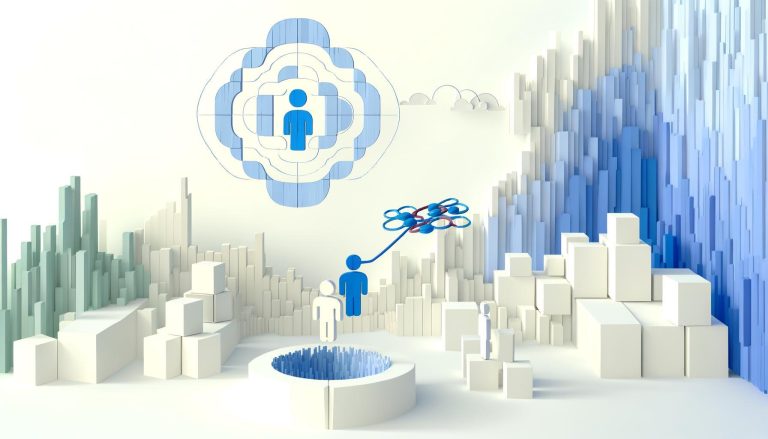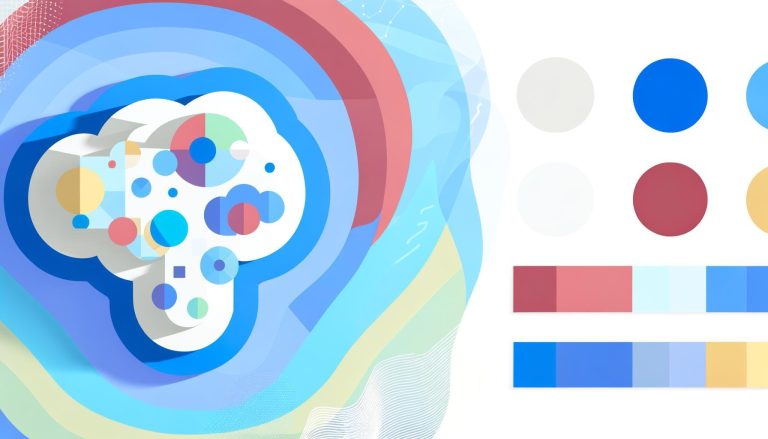Autism Spectrum Disorders (ASD) affect how individuals perceive and interact with the world around them. One of the core challenges faced by people with ASD lies in communication skills. However, recent advancements in artificial intelligence (AI) have shown significant promise in aiding individuals with ASD to develop and enhance their communication abilities. This article explores how AI-powered tools can support communication skills for those on the autism spectrum, the benefits of these tools, and practical tips for incorporating them into daily life.
Understanding Autism Spectrum Disorders (ASD)
ASD encompasses a range of neurodevelopmental conditions characterized by difficulties in social interaction, communication, and repetitive behaviors. The severity and manifestations of ASD can vary widely from person to person, making it a spectrum disorder.
Common Communication Challenges in ASD
Individuals with ASD often face several communication-related hurdles, including:
- Non-verbal Communication: Difficulties in understanding and using body language, facial expressions, and gestures.
- Verbal Communication: Challenges in initiating and maintaining conversations, understanding nuances and idioms, and using language in a social context.
- Social Cues: Struggles to interpret social cues, such as tone of voice, and adapting communication to different social situations.
AI-Powered Tools for Enhancing Communication Skills
AI-powered tools leverage advanced technologies like machine learning, natural language processing, and computer vision to offer personalized support for individuals with ASD. Here are some ways these tools can aid in communication skills:
Speech Recognition and Voice Assistants
Speech recognition technology can help individuals with ASD by understanding and processing spoken language, aiding those who struggle with verbal communication. Voice assistants, such as Amazon Alexa and Google Assistant, can offer interactive and user-friendly interfaces that encourage verbal practice and response.
Social Skills Training Apps
AI-driven apps like “Otsimo” and “Endless Reader” provide gamified interactions and scenarios to practice social skills. These applications offer feedback and adapt to the user’s progress, creating a tailored learning experience.
Communication Devices and AAC
Augmentative and Alternative Communication (AAC) devices, enhanced by AI, can significantly aid non-verbal individuals. Devices like “Proloquo2Go” use predictive text and voice synthesis to facilitate communication by converting text or symbols into spoken language.
Emotion Recognition Programs
AI-powered emotion recognition programs can help individuals with ASD understand and interpret emotions from facial expressions. Tools like “Face2Gene” use computer vision to analyze faces and provide real-time feedback regarding emotional cues.
Virtual Reality (VR) for Social Interaction
Virtual reality offers immersive environments where individuals can practice social interactions in a controlled and safe setting. AI-powered VR applications can simulate real-life social scenarios, allowing users to refine their skills and receive instant feedback.
Chatbots and Conversational Agents
AI chatbots, such as “Replika,” offer a safe platform for practicing conversational skills. These chatbots use natural language processing to understand and respond to inputs, helping individuals with ASD to engage in dialogue and improve their language use.
Personalized Learning and Development Plans
AI can analyze a person’s specific strengths and challenges, generating personalized learning plans that target communication skills. This personalized approach ensures that interventions are tailored to the individual, maximizing effectiveness.
Benefits and Practical Tips
Accessibility and Convenience
AI-powered tools are often available on smartphones and tablets, making them easily accessible and convenient for daily use. This accessibility allows individuals to practice communication skills anytime, anywhere, at their own pace.
Engaging and Interactive Learning
Many AI tools incorporate gamification, making learning more engaging and fun. This interactive approach can significantly motivate individuals with ASD to practice and develop their communication skills.
Data-Driven Progress Monitoring
AI-powered tools can track progress over time, providing valuable data to parents, caregivers, and therapists. This data-driven approach allows for adjusting interventions as needed, ensuring continuous improvement.
Building Confidence and Independence
By gradually improving communication skills through consistent practice with AI tools, individuals with ASD can build confidence in their abilities. Enhanced communication fosters greater independence in daily life and more fulfilling social interactions.
Incorporating AI Tools into Daily Life
- Integrate into Routine: Incorporate AI tools into the daily routine, setting aside specific times for practicing communication skills.
- Choose Age-Appropriate Tools: Select tools that are suitable for the individual’s age and developmental level to ensure they are engaging and effective.
- Use in Conjunction with Therapy: Combine AI tools with traditional therapies and interventions for a comprehensive approach to communication development.
- Encourage Consistency: Regular and consistent use of AI tools is key to seeing significant improvements in communication skills.
- Seek Feedback: Encourage feedback from therapists and caregivers to tailor the use of AI tools to the individual’s specific needs.
Conclusion
The advancement of AI technology offers promising avenues for enhancing communication skills in individuals with Autism Spectrum Disorders. By leveraging AI-powered tools, individuals with ASD can better navigate the complexities of communication, build confidence, and achieve greater independence in their social interactions. These tools, when used consistently and combined with traditional interventions, can significantly improve the quality of life for those on the autism spectrum. As we continue to innovate and harness the potential of AI, the future looks bright for creating inclusive and supportive environments for everyone.
For individuals seeking to enhance their communication skills and achieve their goals, the Zenora app offers mood and habit tracking, personalized goal setting, and insightful statistics to support ongoing growth and development.





